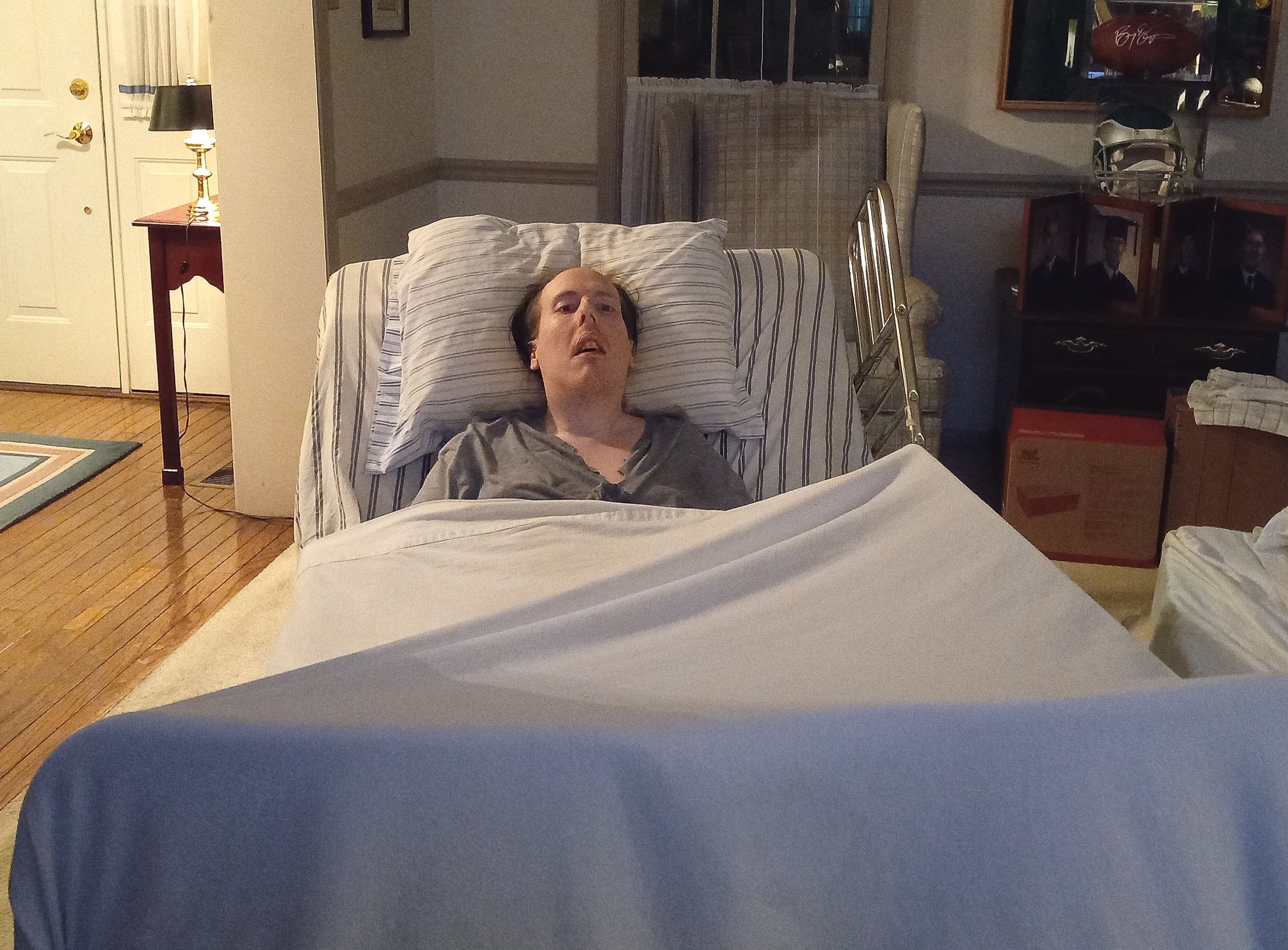Did Opioids Take Away Your Pain?
/By Richard “Red” Lawhern, PhD
I write to and for pain patients in several medical journals and social media venues. I’ve been doing this work for over 25 years. A few days ago, on one of those venues, I encountered the question asked in the headline: “Did opioids take away your pain?”
What follows is my answer.
I come to this question from the perspective of a published healthcare writer and caregiver to a chronic neuropathic face pain patient. I weekly interact with thousands of patients in social media and via email distribution lists. Thus I “see” many types of pain and many lives impacted by pain.
Pain is the symptom that most often brings patients to a doctor's office. About 50 to 100 million U.S. citizens are affected by pain that significantly affects their quality of life and requires medical treatment. In 2018, nearly one in five U.S. adults received a prescription for opioids. Prescription rates have dropped dramatically since then, potentially leaving millions of patients under-treated.
From deep study, I am convinced that opioid pain relievers are safe and effective for the great majority of people in whom they are medically managed by a trained and licensed clinician (doctor, physician assistant, nurse practitioner, etc.).
A small percentage of pain patients — estimated by some writers at 0.6% and others as high as 3% — are vulnerable to substance abuse and addiction. However, the numbers of medication abusers appear to be relatively constant, and are not affected by increased or decreased prescribing rates. This suggests that genetic factors might be involved in addiction, but medical literature isn’t conclusive on this issue. Other “causes” of addiction clearly contribute, such as social isolation, hopelessness, unemployment, and protracted untreated pain.
Depression and anxiety almost certainly play significant roles in both addiction and suffering due to chronic pain. I see this demonstrated repeatedly in thousands of person-to-person contacts on social media. I believe aggressive evaluation and treatment for depression is a necessary element for effective pain treatment.
Opioids are not needed by all pain patients. And some pain patients are either very slow or very fast metabolizers of opioids due to their genetics – causing a wide variation in the minimum effective dose between individuals. Others may develop tolerance over time, requiring higher doses to obtain the same pain relief.
For patients managed over long periods on high doses, physical dependence (different from addiction), may develop and they may have withdrawal symptoms if they are tapered off treatment too rapidly. I see no consistent evidence for any effect that can be called “opioid induced hyperalgesia,” a theory that opioids can make pain worse.
Opioids create variable side effects — constipation, sleepiness, brain fog, nausea or low sexual libido. These side effects can be managed in many people. And for patients who don’t find a balance, one opioid can be tapered down while a different opioid is titrated up.
Unfortunately, many physicians seem to be unaware of the highly individual responses to these medications. If a patient cannot tolerate one opioid and pain is severe enough to warrant using this class of medications, then other opioids can be tried.
There is no one-size-fits-all effective dose or safe dose in this class of medicines. I have talked with patients who get substantial pain reduction (rarely total pain relief) from minimal daily doses of 20 morphine milligram equivalent (MME). I’ve also talked with patients who benefited from a dose as high as 2,000 MME, while experiencing few side effects. There is published literature in case reports pertaining to this widespread range of doses.
This background leads to a central observation: the default procedure in long term treatment of pain is to first try non-opioids (primarily NSAIDS, sometimes anti-seizure meds for neuropathy); then to try relatively weak opioids like tramadol; and finally to try stronger opioids like hydrocodone or fentanyl patches. This procedure has been known for over 30 years as the World Health Organization’s “Pain Ladder.”
For all drug treatments, additional non-drug support therapy is appropriate. By this, I mean patient and caregiver support groups, counseling, massage, physical therapy, acupuncture, cognitive behavioral therapy or interventional medicine. Given that such measures rarely improve pain more than marginally, they are not “preferable” to opioids. They can augment but not replace analgesic medication.
For all opioid therapies, I believe the appropriate medical procedure is to taper up gradually from low doses, while observing and managing intended outcomes and unintended side effects, until a dose level is found that helps the patient manage their pain without creating dangerous side effects. When this approach is used — even in patients who also deal with substance abuse issues — we see long-term improvements in patient quality of life.
By contrast, it is now widely understood that forced tapering of patients to lower opioid doses or “cold turkey” withdrawal can be a direct cause of medical crises and sometimes patient suicide. Patient desertion is never ethically or medically justifiable.
Used with appropriate oversight by a licensed physician, opioids are both safe and effective. Addiction or substance abuse are rare in medically managed patients. There is also no relationship between rates of prescribing versus hospital admissions or overdose related mortality. The continuing and widely shouted “association” between doctor-prescribed opioids and substance abuse is a false narrative that has enormously damaged patients and clinicians alike.
The original and draft revision of the 2016 CDC opioid guideline is fatally flawed by anti-opioid political agendas and outright fraudulent junk science. In my view, these guidelines must be publicly repudiated and withdrawn without replacement. All state guidelines referenced to the CDC must likewise be revised or withdrawn.
It is time to remove law enforcement from doctors’ offices, and return the practice of pain medicine to those with actual training and hands-on experience working with people in pain.
Richard “Red” Lawhern, PhD, is a subject matter expert in public policy for regulation of prescription opioids and of clinicians who employ them on behalf of patients. Dr. Lawhern is a regular contributor to Pain News Network.












